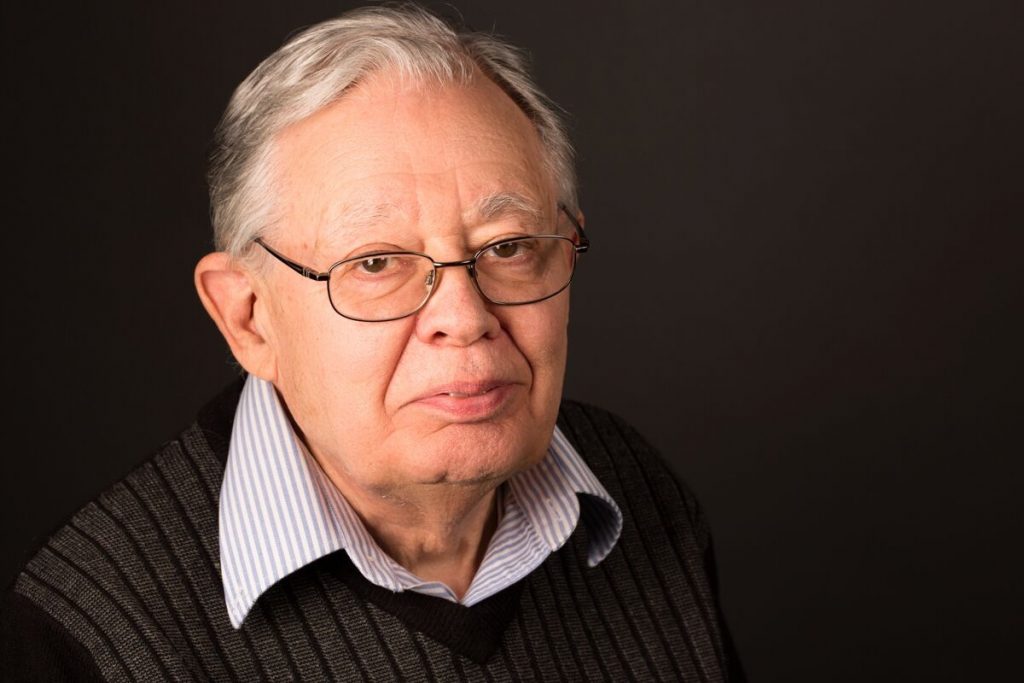

Bruce completed his PhD at Johns Hopkins University, and then did postdoctoral fellowships at SUNY Buffalo, Columbia University, and Brookhaven National Laboratory. Two of his postdocs were working on underground neutrino experiments. The first was searching for double-beta decay, and although they did not detect it the experiment set the world record for sensitivity at the time. The second was the first experiment to ever detect solar neutrinos, and the work done later earned a Nobel Prize for Bruce’s supervisor.
At SNOLAB, Bruce works on the SNO+, DEAP, and nEXO experiments. As part of the group that tests experiment materials for radioactivity, much of his time is spent preparing samples, checking ongoing testing, and analyzing test data. Typically, this kind of testing is done by putting samples of potential materials near a very sensitive radiation detector and measuring the gamma rays they emit.
What is a highlight of your career?
“I’ve worked on three solar neutrino experiments: the chlorine experiment at Homestake, the gallium detector at Baksan, and the SNO heavy water experiment at what is now SNOLAB.”
Why did you choose physics?
“I had some mathematical ability, liked to build things, and wanted to understand how the world worked, so physics seemed to be the right choice.”
What is something that might surprise people who work with you?
“I started out with a degree in solid state physics and kept moving on to new horizons. Life is not a straight line.”
Publications
Links
Contact details
bruce.cleveland@snolab.ca
(705) 692-7000